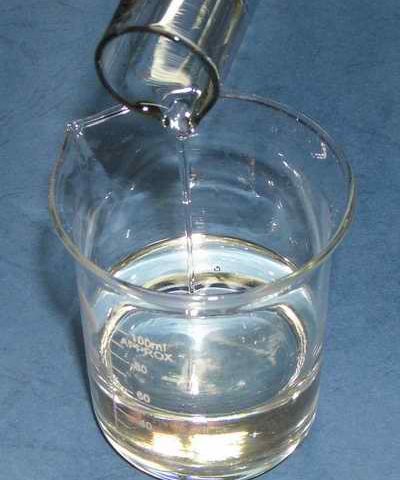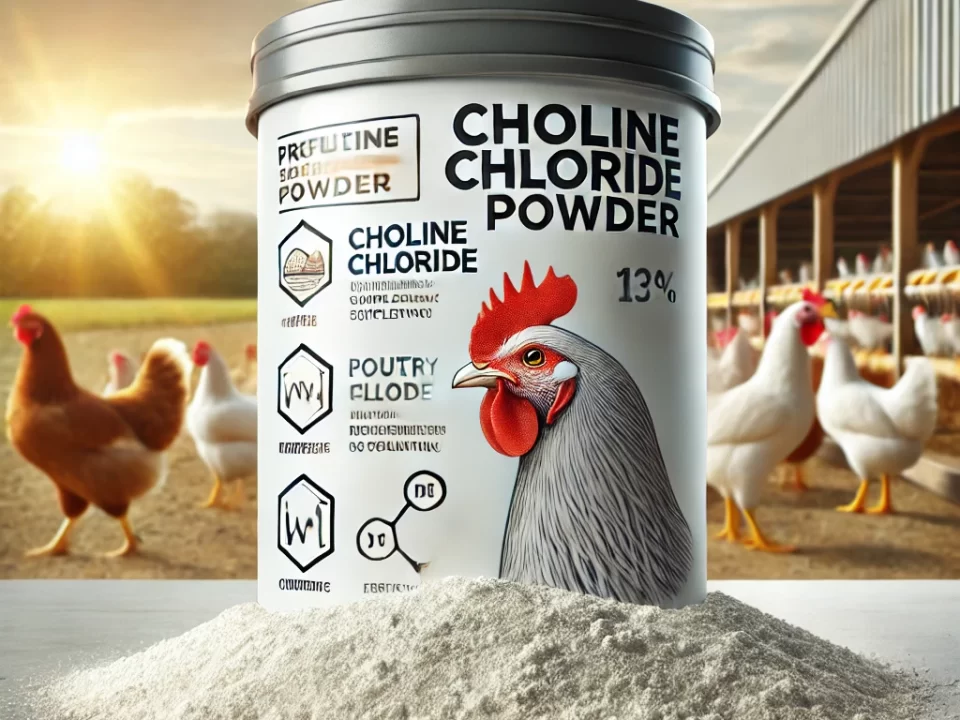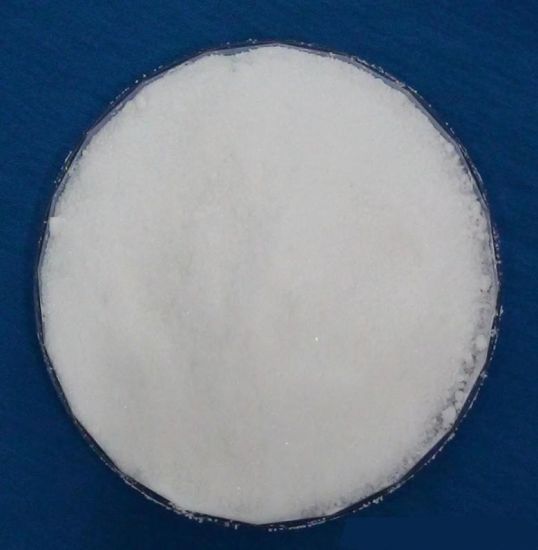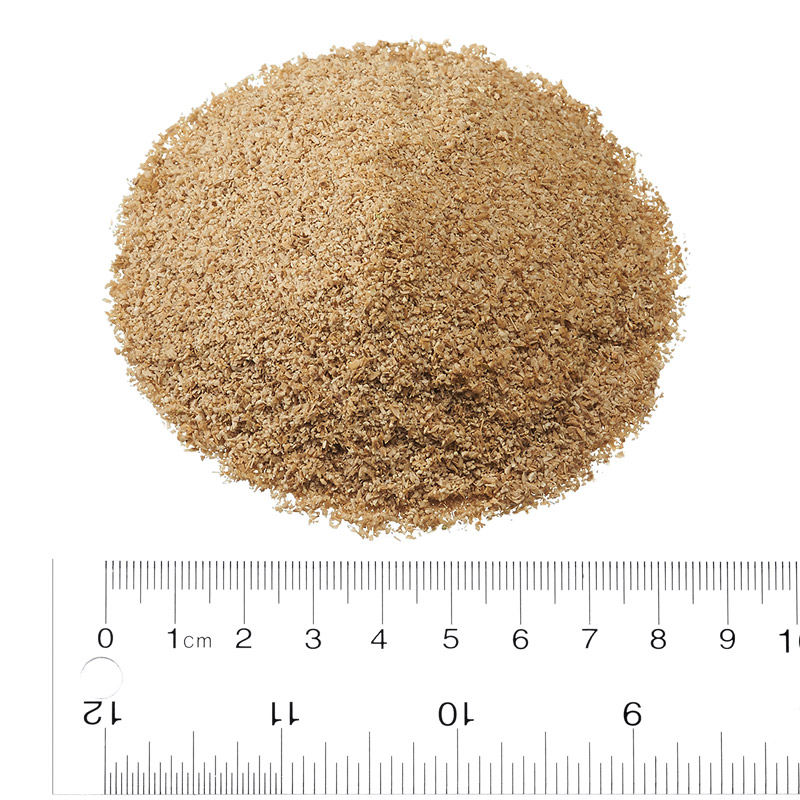Choline Chloride 75% liquid animal feed grade vitamins

animal feed yeast protein Crude Protein To Animal
March 28, 2017
Dicalcium phosphate DCP 18% food and feed addictive
March 30, 2017Choline chloride is an organic compound and a quaternary ammonium salt. It has a choline cation with chloride anion. Alternative names are hepacholine, biocolina and lipotril.
A choline deficiency has been produced in numerous types of animals. In poultry, the shortage is characterized by a fatty degeneration of the liver, a reduced rate of development, perosis and, in mature birds, a decrease in egg production and hatchability. In swine, a deficiency leads to a decreased rate of development, uncoordinated motions, reduced variety of total and live pigs per litter, fatty degeneration of the liver and kidney damage.
Corn and other grains are poor sources of this vitamin. For this reason, practical diets for poultry and swine must be supplemented with choline. The most typical source of choline for animal diets is choline chloride, which on a pure basis includes 86.79% choline.
Choline chloride content: 75% min
PH: 6.5-8
Ethylene glycol: 0.50% max
Trimethylamine (TMA): 300 PPM max
Ash: 0.20% max
Heavy metal: 0.002% max





